All objects, big or small, cast shadows and so do mountains. However, one particular peak displays a peculiar behavior – it cast shadows not on the ground, but up in the clouds. How does that happen?
Mount Rainier is a massive volcanic peak located 87 km southeast of Seattle in the state of Washington, United States, that climbs to a height of 4,392 meters. There are no other mountains anywhere near that height in the surroundings, so it is topographically the most prominent mountain in the entire United States. On clear days the peak dominates the southeastern horizon and can be seen from as far away as Portland, Oregon and Victoria, British Columbia. But on a cloudy morning, when the cloud heights are just right, the rising sun can catch the peak from below and cast a long shadow on the underside of the cloud.
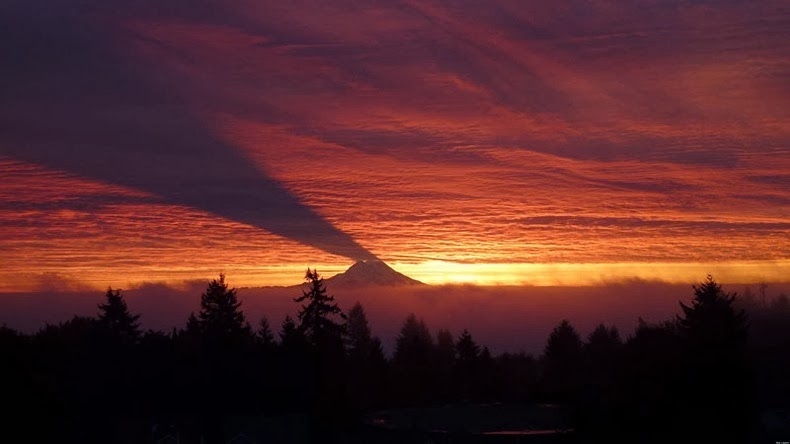
This only happens during the fall and winter when the sun rises farther to the south, and is in the exact position where Mount Rainier blocks the first rays of morning light. This particular image was shot on the morning of October 26th, 2011. Photo by Nick Lippert
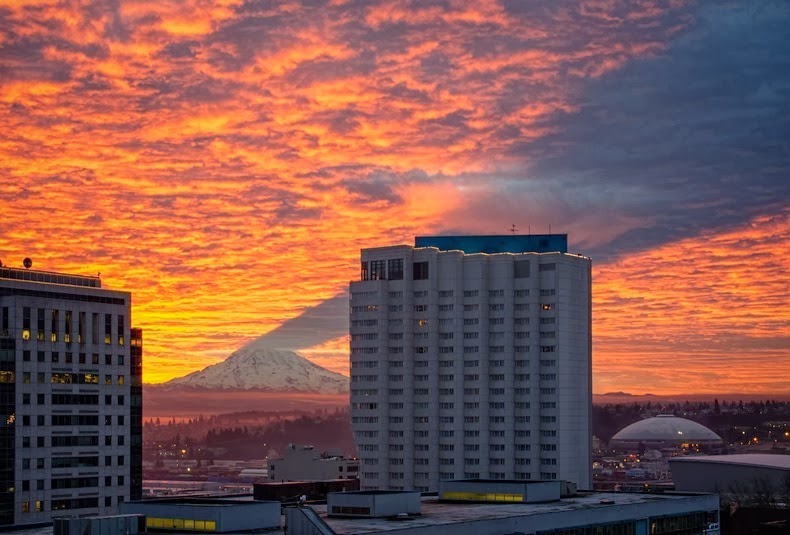
Photo taken on December 31, 2012 by Michael T

Photo credit

Photo credit
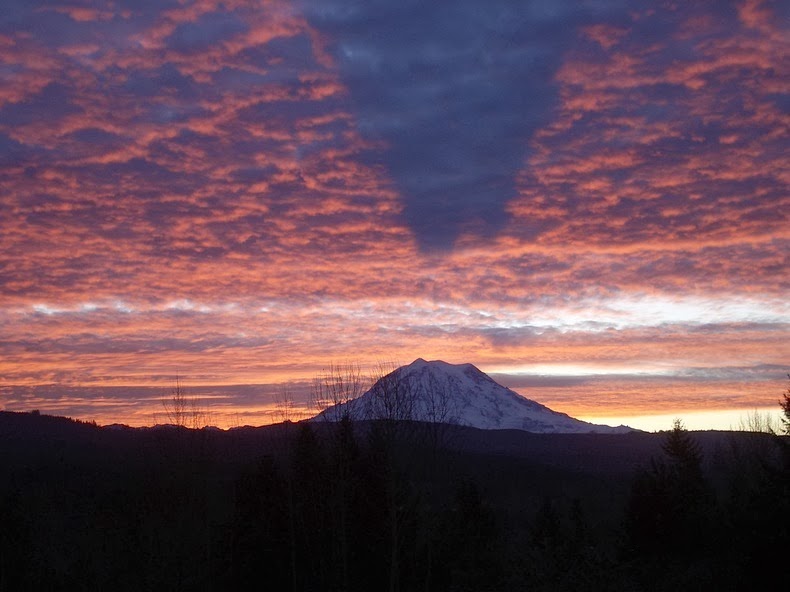
Photo credit
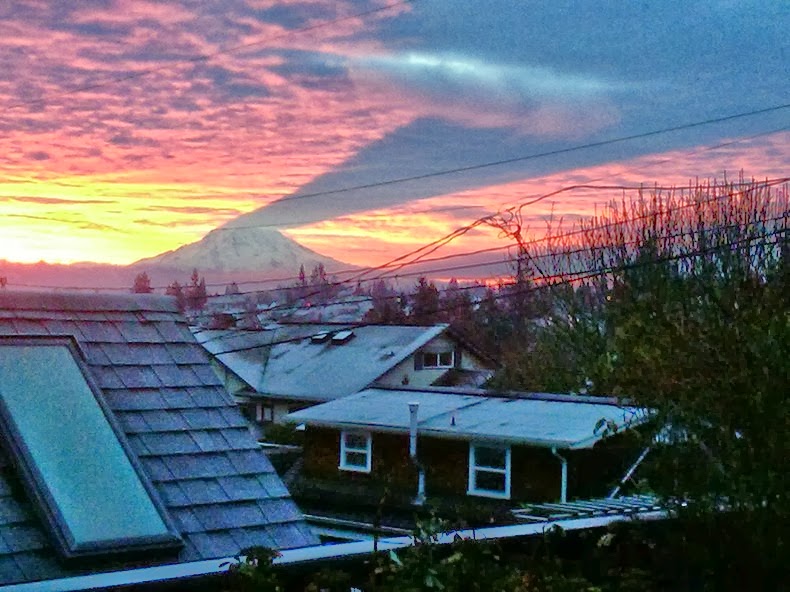
Photo credit
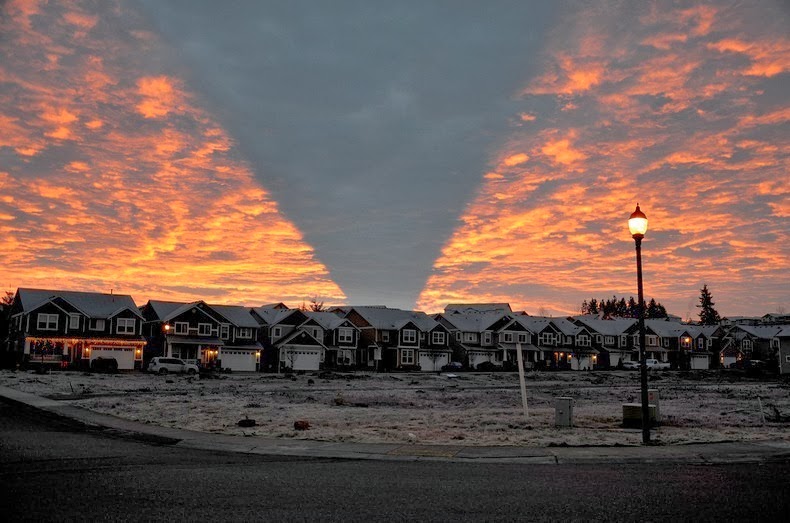
Photo credit

Photo credit
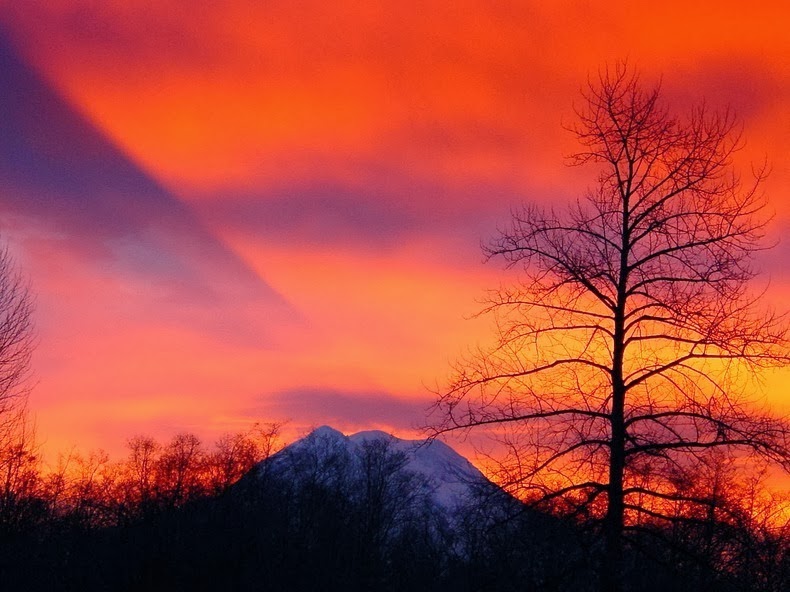
Photo credit








